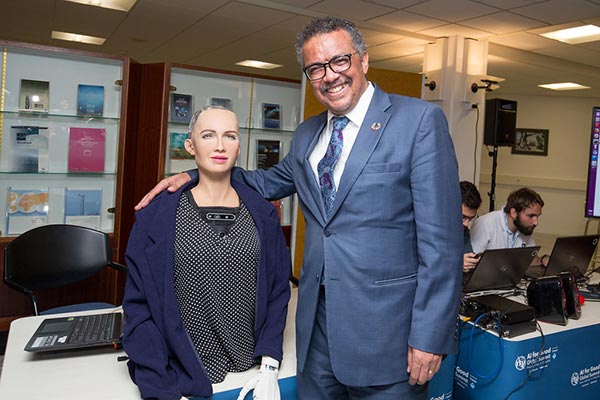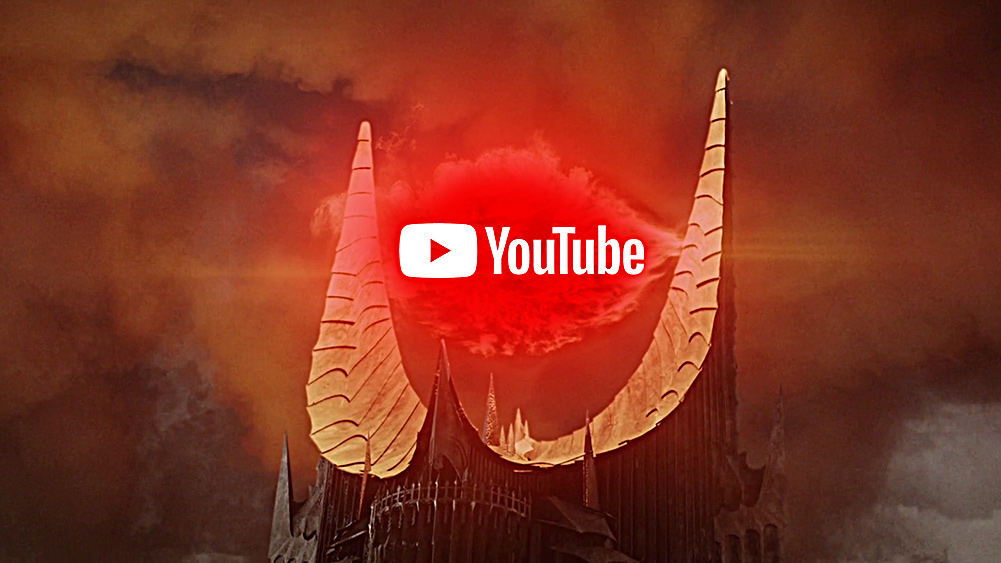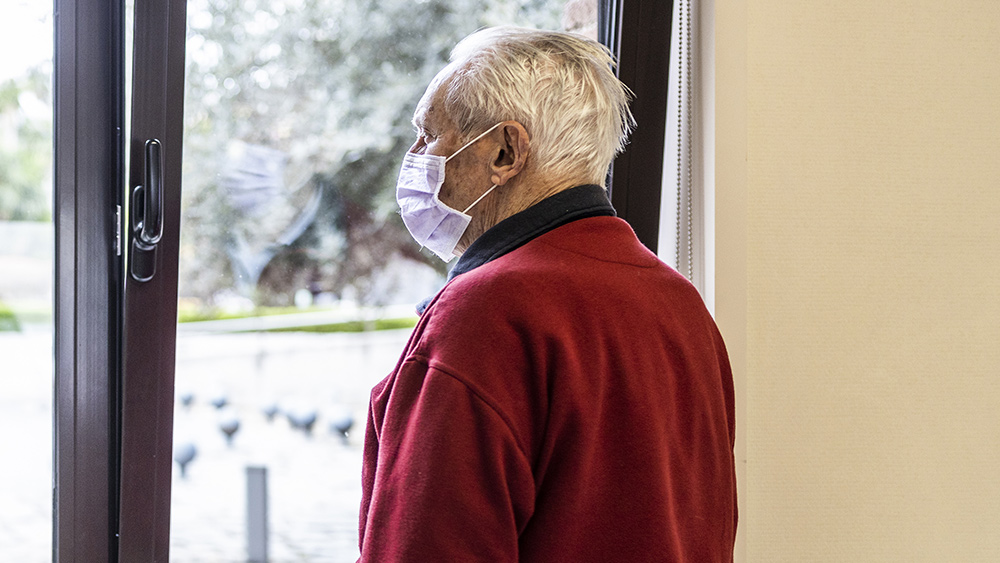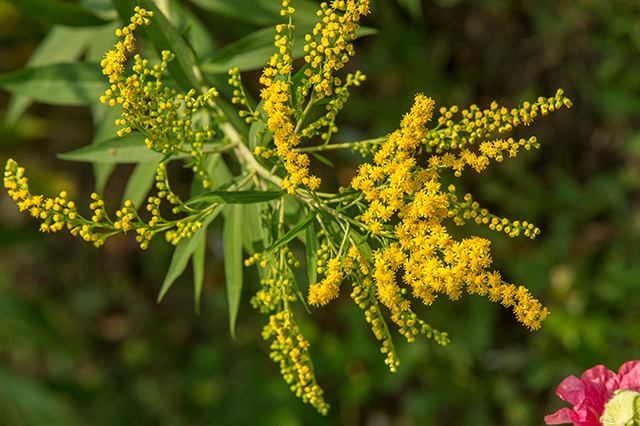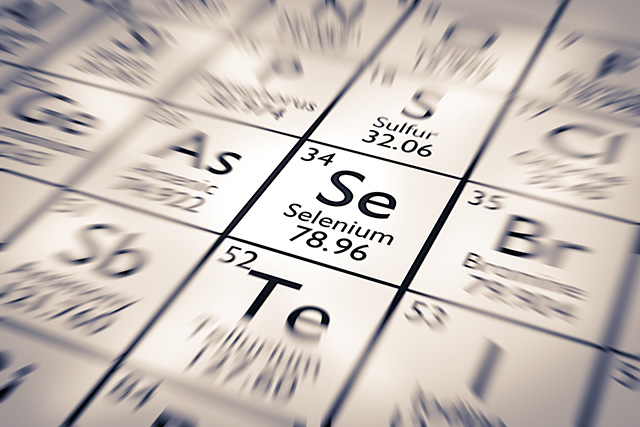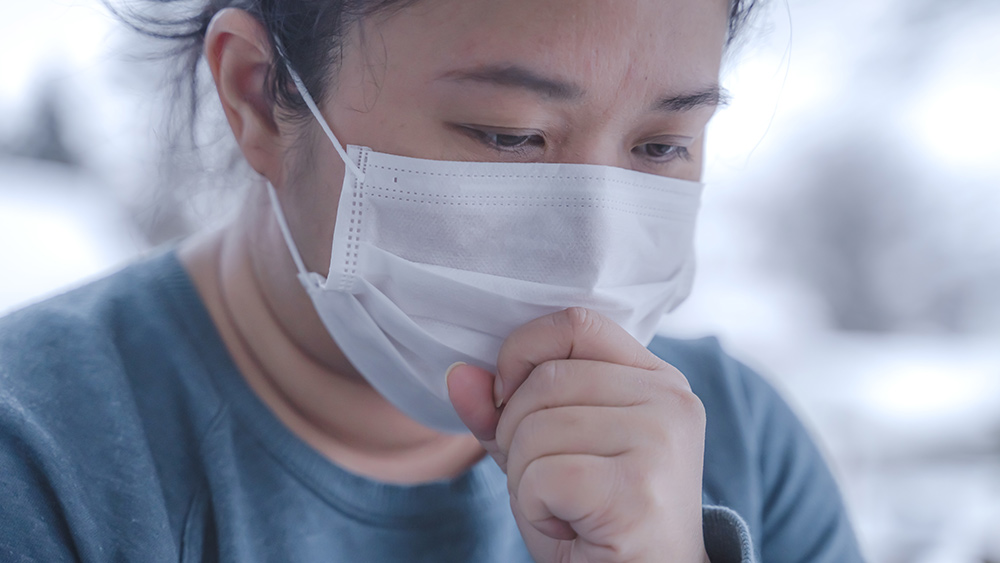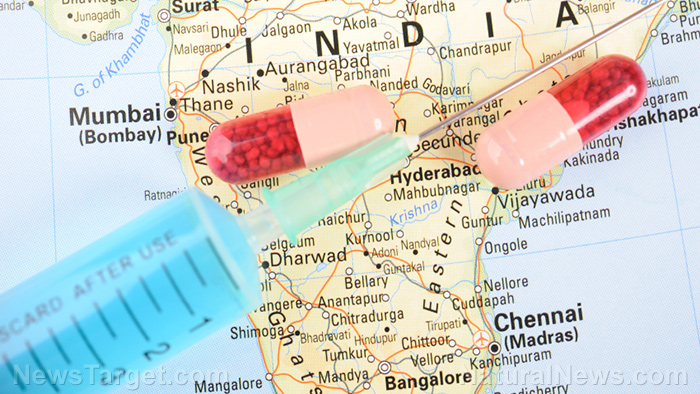Visitors flock to Yellowstone as some national parks reopen amid coronavirus pandemic – many visitors refuse to wear face masks and observe social distancing
05/21/2020 / By Arsenio Toledo
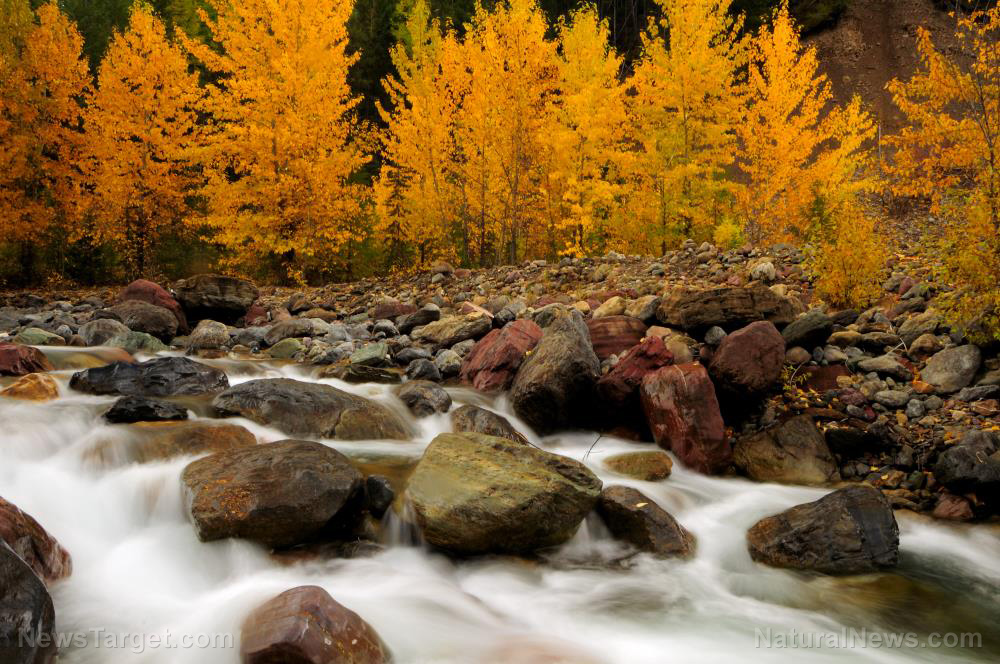
The Yellowstone National Park has been reopened, with support from the administration of President Donald Trump. The neighboring Grand Teton National Park, located about 10 miles south of Yellowstone, has also been reopened.
At noon on May 18, Yellowstone began its first phase of reopening by allowing visitors to enter through the park’s south and east entrances. The park had been closed since March due to the ravaging effects of the Wuhan coronavirus (COVID-19).
The visitors, many of whom weren’t wearing face masks or practicing social distancing, flocked to Yellowstone as soon as it opened. Many of the visitors were observed, according to the license plates of the cars, to be from far away states, such as Washington State, New York and even Alaska.
“We have been cooped up for weeks,” said Jacob Willis, who was interviewed by The Guardian. Willis was among a crowd of onlookers at the Old Faithful Geyser. “When the parks opened, we jumped at the opportunity to travel,” he added. He had arrived from Florida.
Signs and handouts provided by park authorities cautioned park visitors to wear face masks and to observe social distancing by staying at least six feet away from other visitors. The park is also only open for day use. Food, campsite and lodging services, as well as the visitor centers have also remained closed.
Only the park’s entrances in Wyoming have been opened. Yellowstone National Park officials are still in negotiations with authorities in Idaho and Montana over opening the entrances to the park in their respective states. However, it seems unlikely for the Montana entrances to open in the near future, as the state requires out-of-state visitors to observe a mandatory 14-day quarantine. (Related: As the lockdowns are lifted, don’t forget these 10 basic FACTS about the Wuhan coronavirus, or we’ll all suffer a catastrophic second wave of deaths planned by the globalists.)
Listen to the Health Ranger Report by Mike Adams, the Health Ranger, as he calls to end the lockdowns and launch the takedowns.
“Not a single mask in sight”
While many, including President Trump, have celebrated the reopening of Yellowstone National Park, others have raised concerns, especially upon observing the large mass of visitors who entered the national park on May 18.
Some of the concerns include the potential for large groups of visitors to willfully skirt social distancing guidelines, to not wear face masks and for out-of-state visitors to possibly cause a new outbreak in their respective home states.
Kristin Brengel, senior vice president of government affairs at the National Parks Conservation Association (NPCA), stated that she and her colleagues checked camera footage at Old Faithful on Monday afternoon.
“Not much physical distancing happening and not a single mask in sight,” said Brengel.
Brian Perry, supervisor of Yellowstone’s eastern entrance, said that about 300 cars entered the park in the first three hours, and around 500 were expected by the day’s end. This, park officials have said, is about average for an opening day. Tour buses and other large commercial vehicles are still not allowed into the park.
“The park’s goal is to open safely and conservatively, ensure we take the right actions to reduce risks to our employees and visitors and help local economies begin to recover,” said Cam Sholly, superintendent for Yellowstone.
Other national parks beginning to reopen
Along with Yellowstone and Grand Teton, 20 other national parks were reopened for potential visitors on Monday, such as Zion National Park in Utah, Joshua Tree and Redwood National Parks in California and Everglades National Park in Florida.
Furthermore, an additional 11 parks are scheduled to reopen either at the tail end of May or sometime in June or July, such as the Rocky Mountain National Park in Colorado and the Grand Canyon National Park in Arizona.
Many of these parks, once they do reopen, will have limited capacity for their reopening. Many hotels, restaurants and visitor centers, much like those in Yellowstone, will remain closed. All restaurants and stores in Grand Teton National Park, for example, are closed, but many of the park’s biking and hiking trails have reopened.
Some travel experts have also warned visitors against going to the more popular national parks, such as Yellowstone and the Grand Canyon, especially on holidays, such as the coming Memorial Day, as they will most likely be packed with large crowds, increasing visitors’ risk of contracting COVID-19.
Marty Behr, a travel specialist, suggested that people who do want to visit a national park consider some of the less well-known ones.
“In Utah, everyone knows Arches and Canyonlands, but Capitol Reef is a spectacular area with bison trails, petroglyphs, and great hiking and it gets way less visitors than the others,” said Behr, who further suggested that, instead of going to a national park, travelers who want to get out of their homes could visit monuments instead, such as the Grand Staircase Escalante National Monument in southern Utah.
Concerns raised over national park employees’ abilities to halt potential spread of coronavirus among visitors
Many people have raised concerns about the reopening of the United States’ national parks. Superintendent Sholly has stated that, if a crowd refuses to practice social distancing, he will choose not to put his staff at risk by having them join the crowd to attempt to disperse them.
Phil Francis, chair of The Coalition to Protect America’s National Parks, an advocacy group of current, former and retired national parks employees dedicated to promoting America’s national parks, has stated his disagreement with this kind of approach when it came to parks visitors.
Due to furloughs and budget cuts made at the beginning of the coronavirus pandemic in the United States, national parks have to rely more and more on visitors to be personally responsible for how they behave. Despite this, Francis hopes that the country’s parks system can take a more active approach in safeguarding the health of visitors and that, if the opening leads to the spread of the virus, park superintendents will be allowed to shut down parks once again.
That being said, Fracis, Behr and other experts are in agreement that, if visitors are not under lockdown orders, are feeling healthy, have done their research, abide by health guidelines such as the wearing of face masks and practicing social distancing and pledge to be responsible visitors, then there should be no reason they can’t take a trip down to Yellowstone, Grand Teton or any other national park.
Sources include:
Tagged Under: businesses, China, coronavirus, covid-19, economy, environment, face masks, Flu, government, Grand Teton, infections, lockdown, national parks, outbreak, pandemic, reopening, social distancing, superbugs, virus, Wuhan coronavirus, Yellowstone


